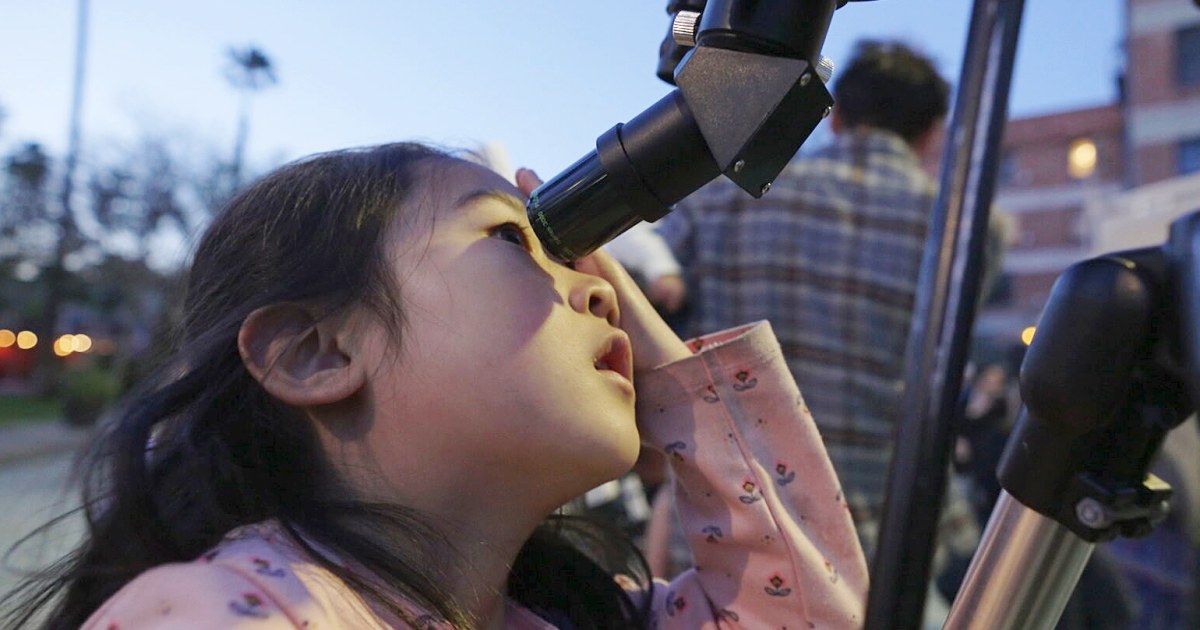
Power-to-weight Ratios
Power-to-weight ratio is a measure of the efficiency of a vehicle or a spacecraft. It is the ratio of power output to the weight of the vehicle or spacecraft. In space and astronautical engineering, power-to-weight ratio is an important factor in determining the performance of a spacecraft. A high power-to-weight ratio means that the spacecraft can generate more power with less weight, which translates to higher acceleration and speed. This is particularly important for spacecraft that need to travel long distances or reach high speeds. Power-to-weight ratio is also important for launch vehicles, as a high power-to-weight ratio means that the vehicle can carry more payload into space. In addition, power-to-weight ratio is a key factor in the design of propulsion systems, as it determines the amount of thrust that can be generated per unit of weight.
Your Previous Searches
Random Picks
- Doppler Shift: Doppler Shift is the change in frequency or wavelength of a wave in relation to an observer who is moving relative to the wave source. In space and astronautical engineering, Doppler Shift is used to measure the velocity and distance of obj ... Read More >>
- Sound Wave: In space and astronautical engineering, a sound wave is a type of pressure wave that is created by the vibration of matter, such as gas or liquid, and travels through a medium, such as air or water. In the context of space, sound waves cann ... Read More >>
- Power Grid: Power Grid refers to the system of electrical power generation, transmission, and distribution that supplies electricity to homes, businesses, and other facilities on Earth. In the context of space and astronautical engineering, Power Grid ... Read More >>
Top News

Easter's date remains divisive. Some church leaders want that to change...
Eastern and Western churches will celebrate Easter on the same day this year, while marking 1,700 years since the Council of Nicaea unified Christian doctrine...
News Source: ABC News on 2025-04-19

In a city of stars, Los Angeles astronomy club makes sure to keep looking up...
LOS ANGELES — While Los Angeles is home to the biggest stars in the world, a monthly get-together is proving that the city’s rich and famous have nothing on the universe....
News Source: NBC News on 2025-04-18

This week on "Sunday Morning" (April 20)...
A look at the features for this week's broadcast of the Emmy-winning program, hosted by Jane Pauley....
News Source: CBS News on 2025-04-17

Scientists detect strongest hints yet of life on a distant planet...
Scientists have detected unique chemical patterns similar to those produced by the Earth's algae and seaweed — raising the possibility of the presence of a warm ocean, perhaps teeming with life, on ...
News Source: NBC News on 2025-04-17

Is there life on another planet? Scientists find the strongest evidence yet...
Near a planet far, far away astronomers have found traces of chemicals that on Earth are only produced by living beings....
News Source: Al Jazeera English on 2025-04-17